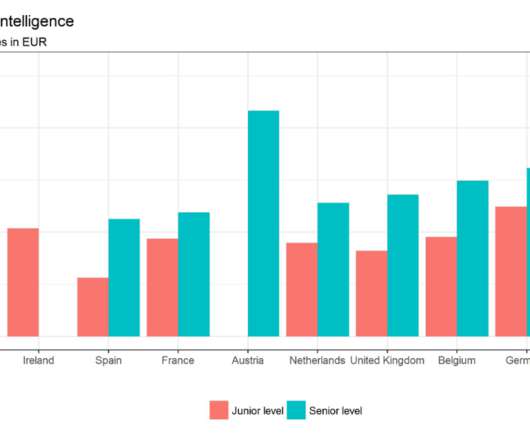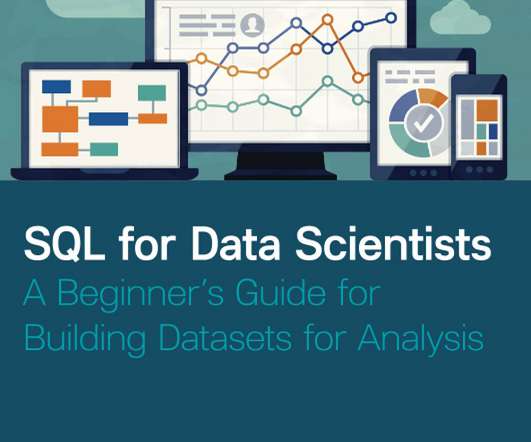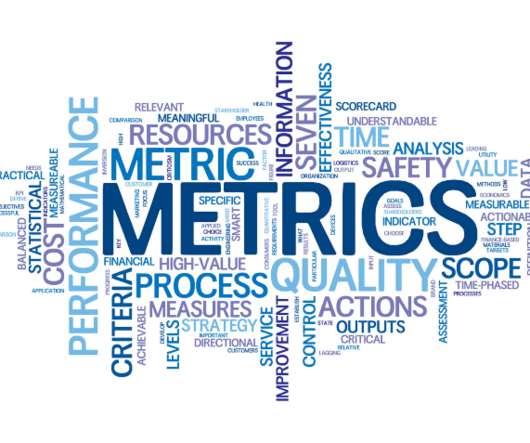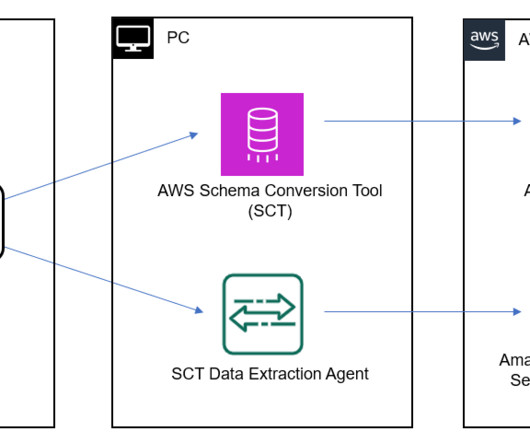A Guide To Starting A Career In Business Intelligence & The BI Skills You Need
datapine
MARCH 31, 2022
On the flip side, if you enjoy diving deep into the technical side of things, with the right mix of skills for business intelligence you can work a host of incredibly interesting problems that will keep you in flow for hours on end. The Bureau of Labor Statistics also states that in 2015, the annual median salary for BI analysts was $81,320.

























Let's personalize your content